Winter Driving Safety Tips
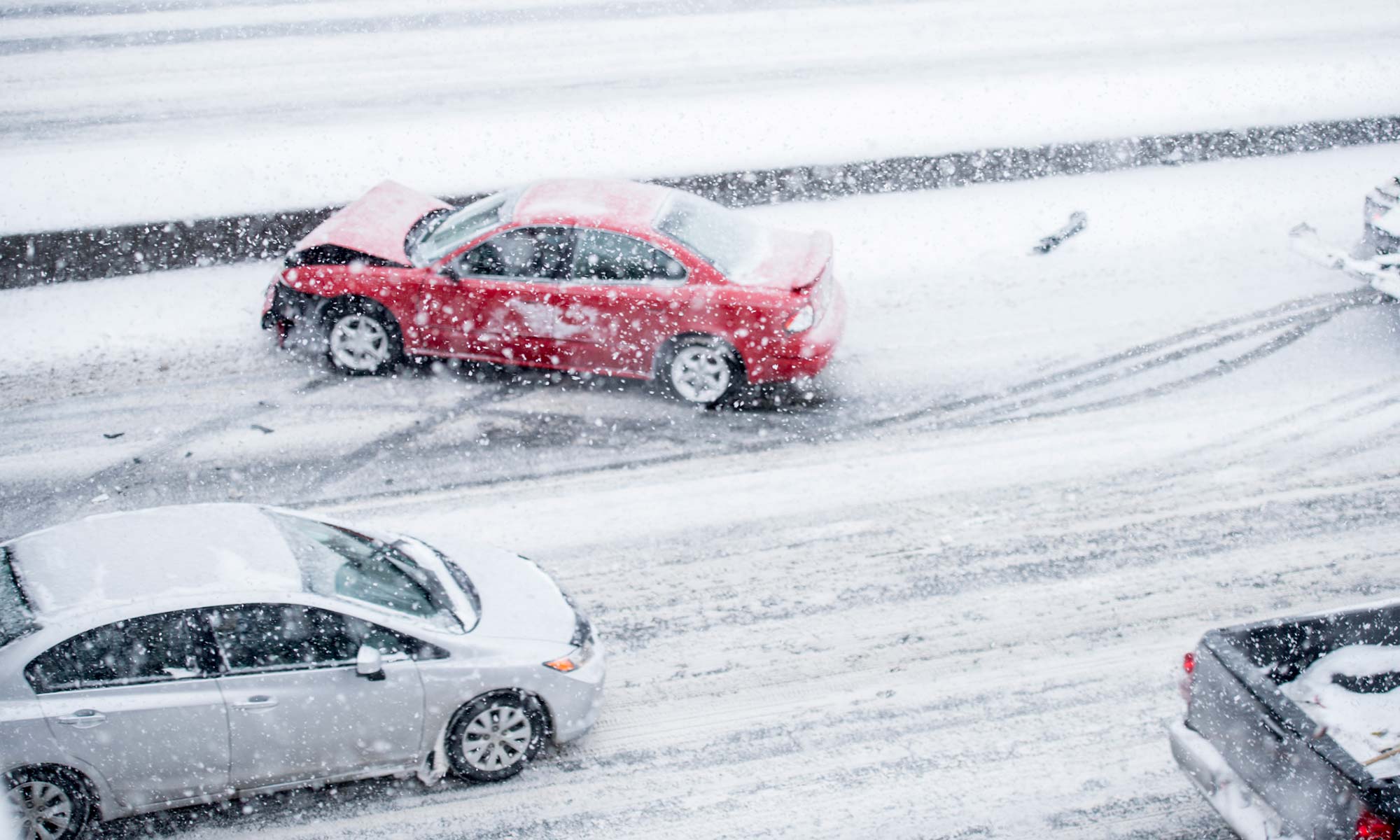
From holiday parties, end-of-year road trips, last-minute shopping, and everything in between, having a car during the wintertime is a convenience unlike any other. But while owning a car, truck, or SUV this time of year can help you get to the places you need to go, there are still some challenges that come along with it.
Ice, snow, and other types of winter weather conditions can all pose a risk to not only your safety while on the roads but also to your vehicle as a whole. Cracked windshields, frozen fuel lines, and deflated tires are just some of the many different types of winter weather damage that can impact even the best winter vehicles without the proper preventative maintenance.
So to better prepare yourself and your vehicle for the winter driving ahead of you, it’s first important to understand the essential maintenance steps you need to take to get your car ready for the cold weather ahead. It’s also vital to recognize the different types of winter driving hazards you can face and how you can ensure you are safely driving this or any winter.
Preparing Your Vehicle for Winter Weather
The best way to help ensure you’re driving as safely as possible during winter weather is to winterize your vehicle. This can include performing essential maintenance such as:
Checking or Changing Your Tires
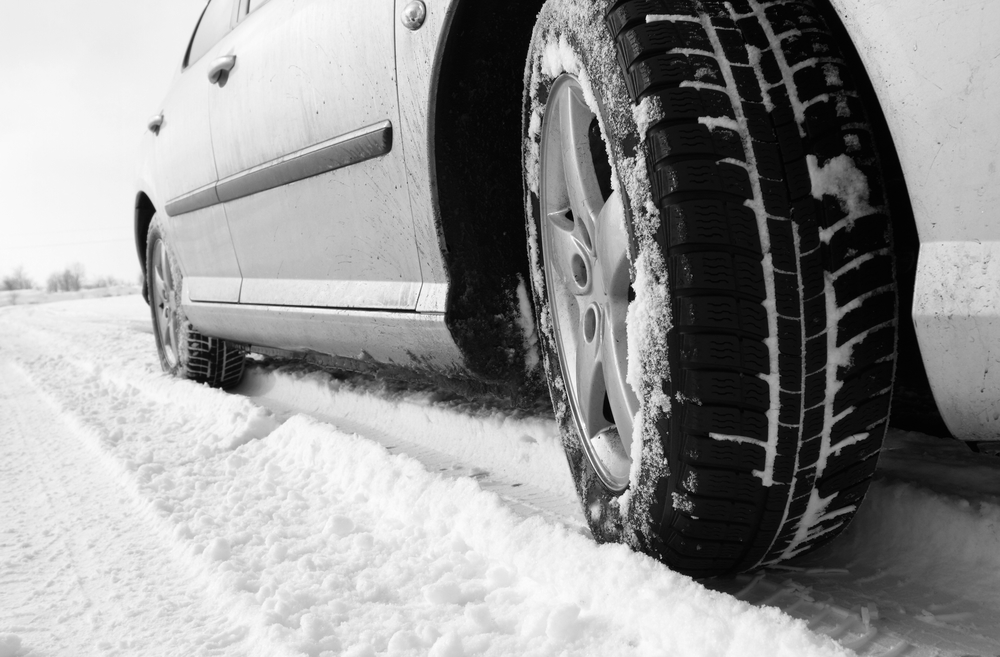
While the extreme heat of the summer months can cause a potential tire blowout, the wintertime can also pose a risk to your car’s tires. In fact, while warm weather can cause the air pressure inside your tires (also known as the PSI) to rise, the cold weather of winter does the opposite, causing your car’s tires to lose one PSI for every 10 degrees colder it gets. This means that without properly checking your tire pressure, you could be at risk of potential issues such as a flat tire.
To check your car’s recommended tire pressure, you can refer to your owner’s manual for more information. If you find that your tire pressure is too low, you can refill them using an air pump found at most gas stations, or you can take your vehicle into a certified repair facility or an ASE Certified mechanic.
Your tires’ tread is also vital to check before driving in winter conditions. Without the proper amount of tread in your tires, you could struggle to get traction when driving in the snow or on ice, making it harder to control your vehicle. To check your tire tread, all you need is a penny. Simply place the coin upside with President Lincoln’s head going to the tread grooves. If you find that the tread doesn’t cover up the top of Abe’s head, it’s best to replace your tires as soon as possible.
You can also purchase specially designed winter tires (also referred to as snow tires). These tires are constructed to be more durable while giving you greater traction when driven on snow, ice and other similar driving conditions. Tire chains are also a popular choice among motorists, as these can help provide you with many of the same benefits of winter tires without having to purchase or maintain a second set of tires. Regardless of the type of tires you use this winter, it’s important to rotate them regularly. This can help keep the general wear of the tire tread more even, helping to extend the life of the tires.
Save when it comes to maintaining your car’s tires with the help of an Advantage breakdown protection plan. Each Advantage package is designed to give you comprehensive protection from unexpected breakdowns and repairs while also providing you with up to $3,500 in regular maintenance services, including PSI checks, tire rotations, and alignment checks. You can also save on the cost of repairing or replacing up to four tires per year with a year of Elite Benefits that come with the purchase of any Endurance protection plan and a small activation fee.
Replacing Your Windshield Wiper Blades
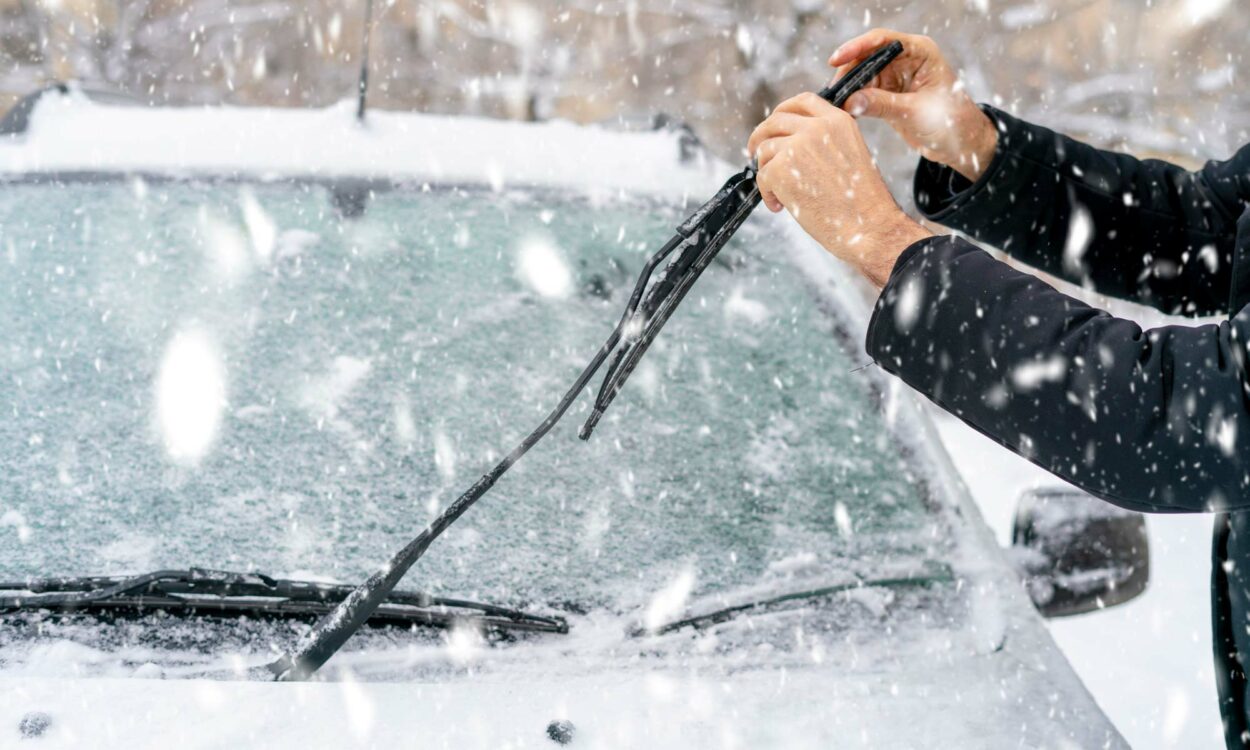
Similar to checking your tires, your car’s windshield wiper blades can also benefit from some winterizing, which mainly includes installing a set of winter wiper blades. Like installing a set of winter tires, winter wiper blades are designed to be sturdier than regular wipers while giving you as much surface contact as possible, helping to keep your windshield free of any build-up of snow, ice or debris.
If you are not planning on purchasing and installing a set of winter wiper blades, it’s important to check your wipers are free of any damage or other issues. To do this, be on the lookout for some signs such as:
- Streaks, dirt or water are regularly left on the windshield
- Squeaking or other noises occur when the wipers are in use
- Cracks, chips, gaps and other damages appear on the blades
- The wiper arm is rusting or warping
With an EnduranceAdvantage auto protection plan, you can enjoy more benefits at every turn by saving on the cost of a front or rear wiper blade set replacement along with other special, one-time services. These include a battery replacement, cooling system maintenance and a brake pad/shoe replacement for even more coverage and savings.
Refilling Essential Fluids
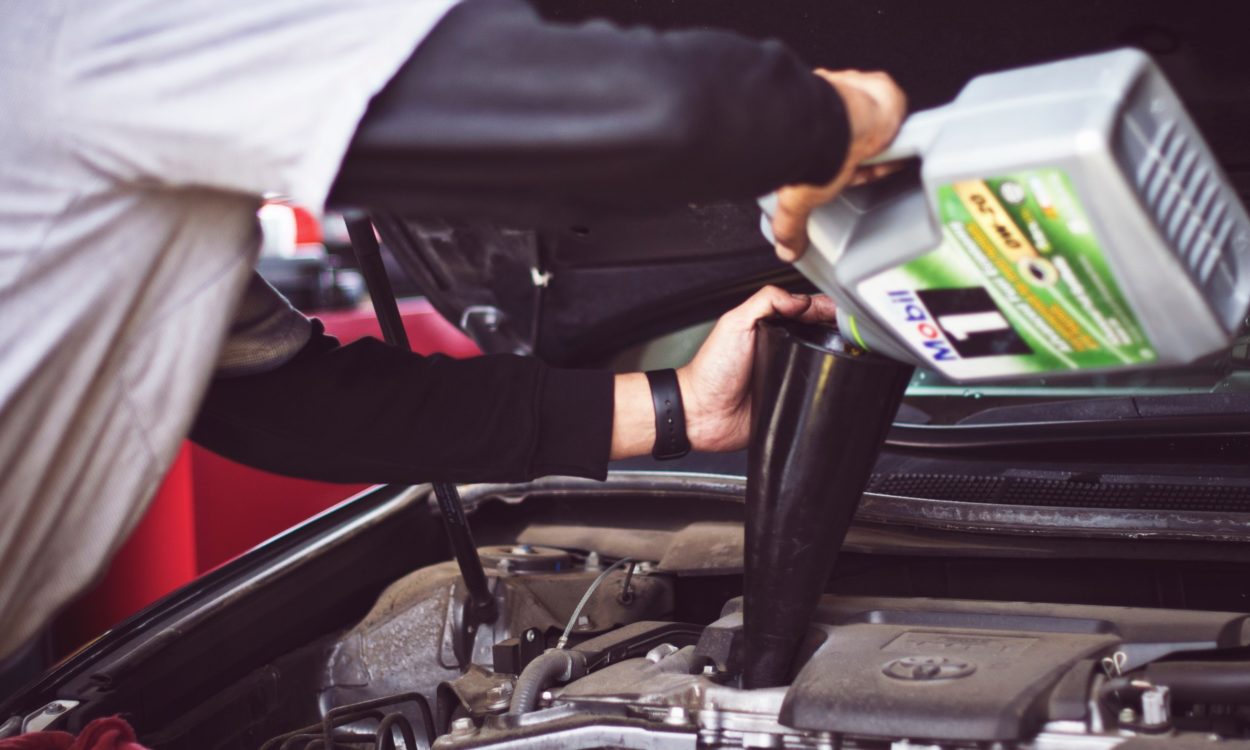
Even though many motorists are aware of common winter maintenance tips, such as always ensuring you have at least half a tank of gas, not everyone is aware of the other essential fluids they have to keep an eye on. Your engine oil, coolant, antifreeze and even windshield wiper fluid should all be checked and topped off before or during the winter months. Even for vehicles stored for the winter months, making sure to refill any and all essential fluids that may be low can help ensure your vehicle is faced with any potential issues when the spring rolls around.
Checking Your Heating
Just as you wouldn’t want to be stuck in the summertime without a working air conditioning system, the same can be said for ensuring your car’s heating and defrosting functions are working during the wintertime.
Be sure to look for potential signs of trouble, such as:
- Weak airflow from vents
- A sweet or fruity smell in the car’s cabin, indicating a coolant leak
- Fluctuating cabin temperatures or the windshield defroster failing to work properly
If you do happen to experience any of the above issues, be sure to take your vehicle to the nearest certified repair facility or ASE Certified mechanic as soon as possible.
Preparing Yourself for Winter Driving
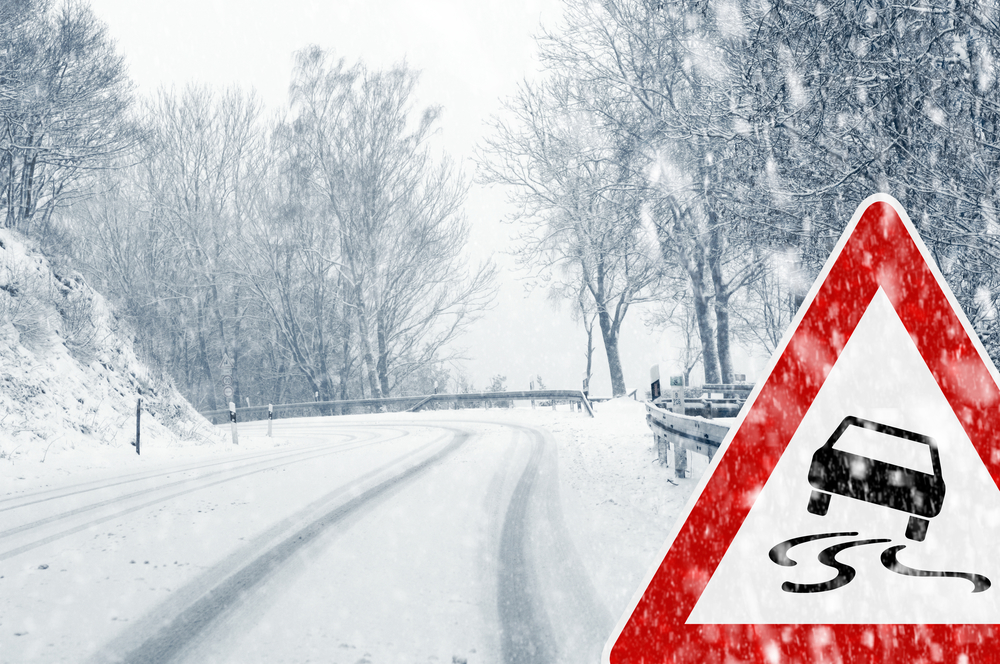
Preparing your vehicle for winter driving hazards is crucial, but it’s also vital to prepare yourself. This can include putting together or updating your car’s winter emergency kit, which can be vital in the event of an accident or an unexpected breakdown that leaves you stuck on the side of the road during inclement weather.
By having an emergency kit, you can be sure you have potentially life-saving items such as drinking water, a first aid kit, blanks or other warm clothes, emergency gasoline, and road flares. Even something as strange as kitty litter can be an invaluable tool, as it can help give you more traction if you ever find yourself stuck in a snowbank. Having a set of jumper cables is also essential and should always be included in your winter (or year-round) emergency kits if you experience a dead car battery.
Along with fully stocking an emergency kit, it’s also essential to understand all the available safety features your car may have. This will include safety systems such as knowing whether or not your car has an anti-lock braking system (ABS), electronic stability control system (ESC), a “snow” feature, lane-assist monitoring or others. To learn more about the different types of safety features found in your car’s specific make and model, refer to your owner’s manual for more details.
Winter Driving Safety Tips
Staying safe on the road during the winter doesn’t just mean you’ve prepared yourself and your vehicle for the colder weather. Instead, it’s also vital to recognize the winter driving best practices to help keep you and others safe while on the road.
These tips include:
Drive Slowly
Having a set of winter tires, utilizing tire chains, or having the latest and greatest safety systems is great to have in any vehicle. Still, they will often be unable to make a difference if you accelerate or decelerate too fast. By slowing down during inclement winter weather and practicing “defensive driving,” you can accurately read the terrain you’re driving on. This is integral in avoiding a skid or potential accident. It will give you extra time to react to any possible road hazard while also having more control over your vehicle if you happen to hit a patch of ice or snow.
By slowing down during inclement winter weather and practicing “defensive driving,” you can accurately read the terrain you’re driving on. This is integral in avoiding a skid or potential accident. It will give you extra time to react to any possible road hazard while also having more control over your vehicle if you happen to hit a patch of ice or snow.
Give Yourself Space
Having a set of winter tires, utilizing tire chains, or having the latest and greatest safety systems is great to have in any vehicle. Still, they will often be unable to make a difference if you accelerate or decelerate too fast. By slowing down during inclement winter weather and practicing “defensive driving,” you can accurately read the terrain you’re driving on. This is integral in avoiding a skid or potential accident. It will give you extra time to react to any possible road hazard while also having more control over your vehicle if you happen to hit a patch of ice or snow.
This is also incredibly important for drivers who find themselves sharing the road with semi-trucks and other large vehicles, such as snowplows or school buses, as they need more distance to stop safely in winter conditions compared to a standard vehicle. So when a car abruptly cuts in front of an 18-wheeler and slams on its brakes—that truck will not be able to slow down to avoid an accident. To help protect themselves and others on the road, truck drivers will often provide themselves with a healthy cushion. By cutting in front of him, you take up that space they were saving, putting yourself and them at more risk for a potential accident should a hazard appear up ahead. Instead, keep safe by merging behind any truck or larger vehicle at a safe distance.
Be Cautious with Hills
Many of the challenges of winter driving can be multiplied when faced with a hill. This is especially true if you are driving in the middle (or just after) a winter storm, as you could find yourself struggling to maintain traction. If you are having trouble making it up a hill, don’t overdo it with your gas pedal, as this will only cause extra strain on your engine or for your wheels to spin without gaining any traction.
If you need to drive up a hill, it’s best to get a bit of a “running start” by gaining some momentum on a flat (and preferably clear) road beforehand. Once at the top of a hill, be sure to reduce your speed to help you maintain control if you experience a patch of ice or snow.
Steer into the Skid
One of the most important winter driving safety tips has been around for decades — steering into the skid. But while most car owners have heard this age-old adage before, some may not know precisely what it means.
Simply put, steering into the skids means that you should move your steering wheel in the direction you want your vehicle to go if you find yourself in a skid. To do this correctly, be sure not to step on either the gas pedal or the brake pedal, as this can cause you to lose even more control of the vehicle. Instead, keep your foot on both pedals while turning your steering wheel in the direction you want the front of your vehicle to go. Once you can regain complete control, you can use either the accelerator or the brakes.
Avoid Idling in Enclosed Spaces
While all modern vehicles are equipped with a catalytic converter to help lower their overall emissions, it does not make the exhaust produced by your engine any less dangerous. In fact, carbon monoxide, which is a poisonous gas created as a byproduct of your car’s internal combustion engine, can be fatal if you are exposed to it for too long. This problem is especially prevalent during the winter months, as many drivers look to warm up their cars in their garages to avoid the cold weather outside. Instead, it is vital always to start your car with your garage door open.
Be Cautious of Pedestrians
Being cautious of pedestrians is one of the most critical responsibilities of any driver. This is even more important during the winter, as snow and other winter weather can cause pedestrians to walk on or near the roads. Winter storms can also provide low visibility, so be sure to keep your headlights on to help give you the best line of sight possible while also giving pedestrians a chance to see you as well.
Protect Your Car Year-Round with Endurance
While winterizing your vehicle and following the best practices of winter driving is essential, protecting yourself and your vehicle from the cost of unexpected breakdowns and other costly repairs is also essential. By purchasing an Endurance auto protection plan, you can rest easy knowing your car’s most vital components are covered with no out-of-pocket expenses from you. You can even save up to $3,500 in essential maintenance services such as tire rotations, alignment checks, engine diagnostic exams, and up to three oil and filter changes with the help of the Advantage plan.
New or existing Endurance customers can also get access to several other perks and savings for one year with Endurance Elite Benefits. Coming with the purchase of any Endurance protection plan and a small activation fee, you can get access to 24/7 roadside assistance, tire repairs and replacements, key fob replacement, collision discounts, and more — at no additional cost to you.
To learn how Endurance can help you and your vehicle any time of the year, call us at (800) 253-8203 to speak directly with a representative or get started with a free quote. You can also find even more articles on seasonal maintenance tips, expert auto advice, vehicle buying guides, and other informative automotive topics by visiting our Learning Center.
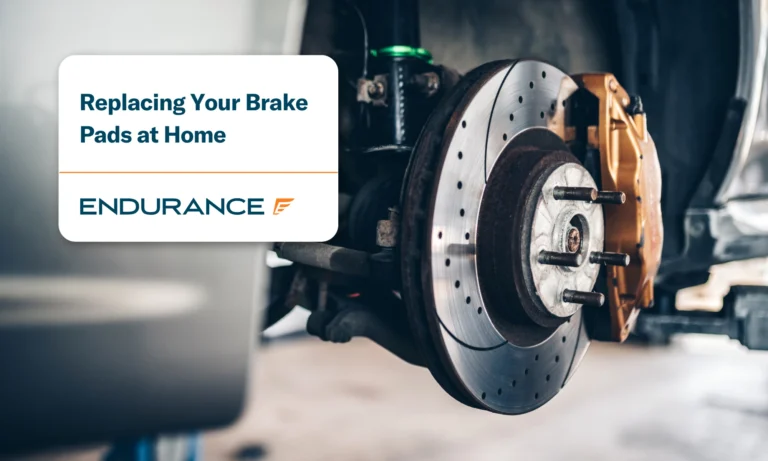
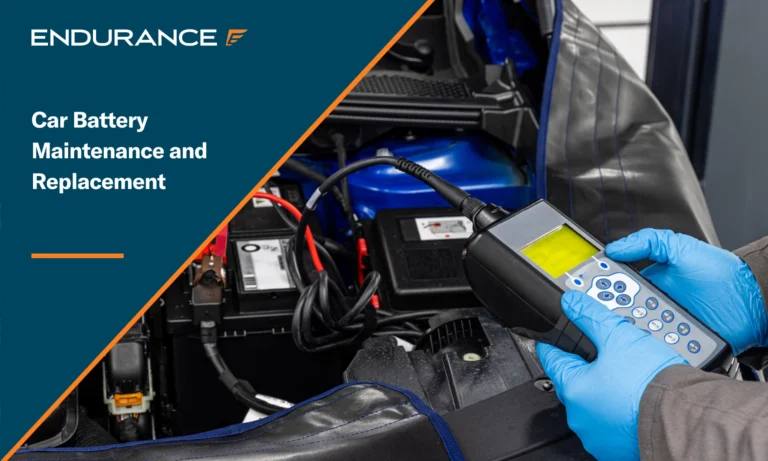
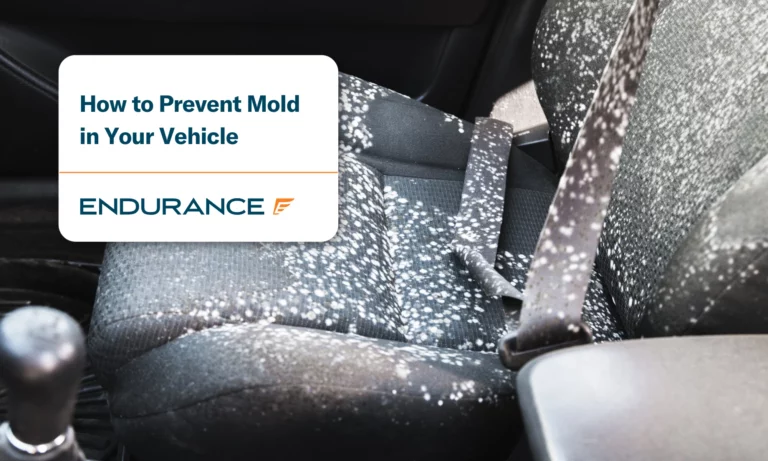










Alex has worked in the automotive service industry for over 20 years. After graduating from one of the country’s top technical schools, he worked as a technician achieving a Master Technician certification. He also has experience as a service advisor and service manager. Read more about Alex.